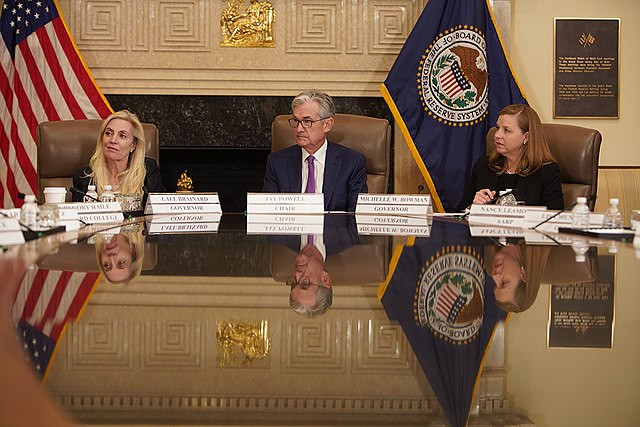Federal Reserve Governor Michelle Bowman stated on Tuesday that it is not yet time to consider lowering interest rates, emphasizing that she remains open to raising rates if inflation does not show signs of abating. In her prepared remarks for a speech in London, Bowman underscored the importance of ensuring inflation moves sustainably toward the Fed's 2 percent goal before considering any rate reductions.
"Should the incoming data indicate that inflation is moving sustainably toward our 2 percent goal, it will eventually become appropriate to gradually lower the federal funds rate to prevent monetary policy from becoming overly restrictive," she said. "However, we are still not yet at the point where it is appropriate to lower the policy rate."
Bowman's comments reflect a broader sentiment within the Federal Reserve, where many policymakers have expressed the need for more evidence of sustained inflation reduction. Recent data has shown some moderation in inflation, with the Fed's preferred indicator hovering just under 3 percent. Despite this, the Federal Open Market Committee noted only "modest further progress" in its last meeting.
Bowman pointed out several risks that could accelerate inflation, suggesting she is prepared to act if necessary. "I remain willing to raise the target range for the federal funds rate at a future meeting should progress on inflation stall or even reverse," she stated. "Given the risks and uncertainties regarding my economic outlook, I will remain cautious in my approach to considering future changes in the stance of policy."
The Commerce Department is set to release its reading on the May personal consumption expenditures price index on Friday, which is the Fed's preferred inflation gauge. Economists surveyed by Dow Jones expect a 12-month inflation rate of 2.6 percent. While this would represent a slight decrease from April, Bowman reiterated that she expects the Fed to maintain its key overnight borrowing rate between 5.25 percent and 5.50 percent "for some time."
Bowman also indicated that she is not influenced by the recent rate reductions from global counterparts such as the European Central Bank. "It is possible over the coming months that the path of monetary policy in the U.S. will diverge from that of other advanced economies," she said.
Her remarks come amidst a chorus of similar sentiments from other Fed officials. San Francisco Fed President Mary Daly dismissed the idea of preemptive rate cuts to hedge against potential economic slowdown or labor market deterioration. "We're going to be resolute until we finish the job. That's why not taking preemptive action when it's not necessary is so important," Daly told CNBC's Deirdre Bosa during a public event in San Francisco.
Similarly, Chicago Fed President Austan Goolsbee suggested that further evidence of inflation reduction could lead to a reassessment of current policy. "If we see more months of good inflation data, then we would question whether policy needs to be as restrictive as it has been, paving the way for cuts," he told CNBC's Steve Liesman.
Bowman reiterated her cautious stance during a Q&A session following her speech, confirming that she has not factored in any rate reductions for the rest of the year. "Yes, that is still my view. I have not written in further rate cuts in my statement of economic projections for the bulk of this year," she said, referring to the forecasts Fed officials submitted anonymously at the latest policy meeting. "I have shifted those into future years... right now with the uncertainty of the economic outlook and what the data is telling us, we are in a good place right now to understand how that might evolve."
Bowman highlighted various factors that could sustain inflation, including potential supply chain issues, regional conflicts, and domestic economic policies. "Regional conflicts could put upward pressure on energy and food prices; looser financial conditions or fiscal stimulus could stoke inflation as well," she said. Additionally, she noted that the increased housing demand from immigrants, combined with a tight labor market, could also drive prices up.






